Shougang: From industrial base to attraction in Beijing
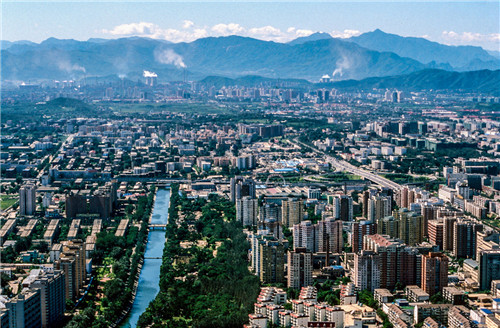
Western Beijing from China Central Television Tower - showing industry at Shougang and Mentougou in early 2000's. [Photo by Bruce Connolly/chinadaily.com.cn]
In the early 1990s, from an aircraft descending into Beijing, I looked down upon a landscape of heavy industry stretching along a mountain-lined valley. I saw giant cooling towers, tall chimneys belching out smoke, railway tracks lined with trains hauling mineral wagons. It was not quite the scene I was expecting, having visited the city initially in 1987. I recalled grand imperial palaces, boating on tranquil lakes to a background of forested hills, of quiet old lanes. Yet, heavy industry was not an image I had retained or indeed perceived. Interestingly I found no mention of this in my guidebooks or city maps that mainly concentrated on principal tourist sites.
The following year, 1995, I traveled to Pinguoyuan, the last stop on the east-west metro line 1. It was where buses connected with my intended destination, the beautiful Fragrant Hills. Walking towards a transfer stop I saw again cooling towers. There was a hint in the air of coal burning, of industrial gases, and visibility not as clear as downtown that day.
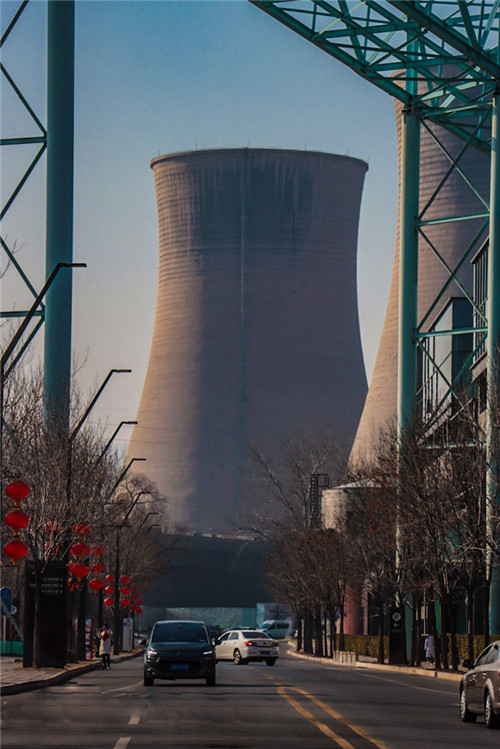
Massive cooling towers near northern end of Shougang Park.[Photo by Bruce Connolly/chinadaily.com.cn]
Eventually I discovered this was one of the largest iron and steelworks in China - Shoudu Gang Tie Chang or Capital Iron and Steel Works ("Shougang" for short). Unfortunately, my schedule in Beijing did not allow time to explore its vicinity. However, in the early 2000s, on a warm day of clear blue skies, I went up to the viewing deck on China Central Television Tower. My plan was to capture a set of panoramic photo images of the city - amazing looking today at how much has changed since then! To the west, my attention was caught by an industrial landscape, close to the steeply rising Western Hills. An extensive line of smokestacks and cooling towers stretching for several kilometers where the urban spread of Beijing abruptly ends due to mountainous terrain beyond. Indeed that industrial site, at the peak of its development, ultimately covered an area over 700 hectares.
The steelworks had evolved out from an earlier pig iron plant dating from 1919 though massively expanded post-1949. It was located there in the western suburb of Shijingshan, partly due to the presence of vital raw materials for steel production accessible in the vicinity - water from the Yongding River, limestone deposits conveniently quarried. Nearby the valleys of Mentougou had an abundance of coal reserves. Once one of China's earliest coal production basins, over a 20-year period its remaining 270 mines were closed down between 1999 and 2019 when the last of the pits ceased operation. Depending on wind direction and air movement, the mines represented serious polluting factors for the city and indeed the river.
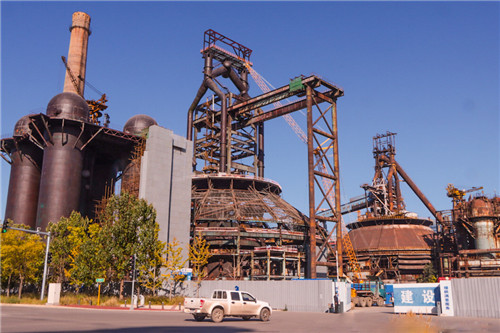
Part of the former steelworks under restoration in 2020. [Photo by Bruce Connolly/chinadaily.com.cn]
Particularly with the run-up toward the 2008 Beijing Olympics, major environmental projects were initiated to clean the city's air while also promoting a general greening of open spaces. This is witnessed today with blue skies increasingly the norm along with extensive areas of new parklands and tree planting. However, with Beijing expanding rapidly, its built up area was increasingly encroaching onto that older industrial area of steel and coal.
A decision was reached that Shougang would be relocated from its suburban location to an extensive site at Caofeidian bordering the Bohai Sea east of Tianjin. Production was drastically scaled back before the Olympics, finally shutting down entirely by early January 2011. With closure, an uncanny silence descended over the area, and smoke and gases no longer rose into the atmosphere. Incredibly, wildlife and birds started reappearing particularly where vegetation was reestablishing around ponds and water channels. It became an abandoned landscape, offering in some ways an aesthetic feel that could be excellent for photo shoots and indeed movie sets, as other such locations have proven. Indeed sections of the Yongding River valley through Mentougou have been rejuvenated into wetland parks.
What to do with such a vast, redundant area of what is regarded today as industrial archaeology? With the relentless urban expansion, would the site be cleared and transformed into almost a mini-city of towering apartment blocks?

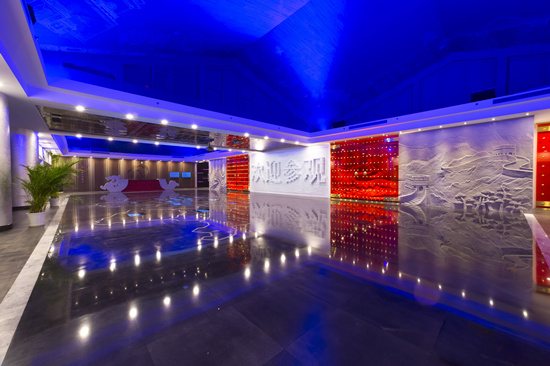 Responsibilities of the SOCAAC
Responsibilities of the SOCAAC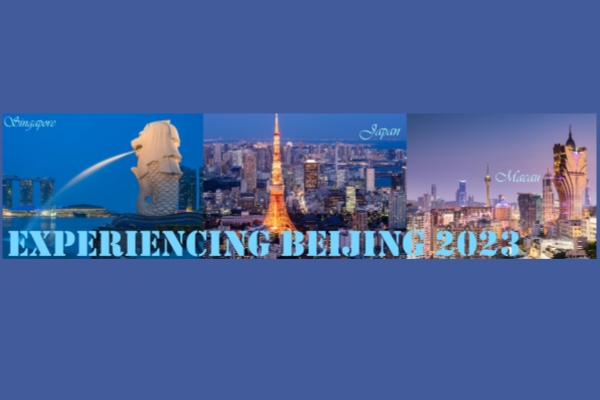 Experiencing Beijing 2023
Experiencing Beijing 2023